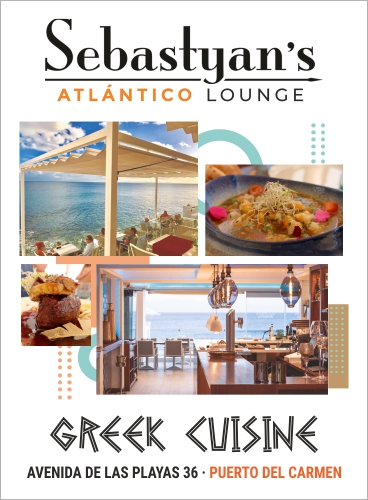The archipelago has eleven denominations of origin, one per island except for Fuerteventura, one for the Canary Islands as a whole, and five in Tenerife
Spanish wine regulations go beyond just labelling red, white, and rosé. They establish a hierarchy through Protected Denominations of Origin (PDOs) and Protected Geo-graphical Indications (PGIs), each with specific ageing requirements. Notably, Lanzarote was awarded its Designation of Origin (DO) recognition in December 1993.
To be classified as a DO Wine, it must not only meet the mark in terms of quality but also fulfil other criteria, including grape variety, viticulture practices and origin, as it has to be produced in a specific geographical area. PGIs include local or regional wines commonly known as ‘Vino de la Tierra’. All in all, with DOs and PGIs combined, there are more than 140 quality seals in Spain.
The Canaries, in particular, boasts eleven quality seals with the following Denomina-tions of Origin: Wines of Lanzarote, Gran Canaria, La Palma, La Gomera, El Hierro, Canary Islands, and in Tenerife: Abona, Tacoronte-Acentejo, Valle de Güimar, Valle de La Orotava, and Ycoden-Daute-Isora.
The magic and excellence of these distinguished Canarian wines are attributed to two factors: Firstly, the Islands’ unique grape varieties, many of which have a pre-phylloxera heritage predating the devastating vine disease of the late 19th century. Secondly, the singular island landscapes with their volcanic soils, diverse climates and Atlantic influences.
Each island in the Canary archipelago has its own dedicated Denomination of Origin (DO), which is defined by its geographical borders. With the exception of Fuerteventura, whose wines fall under the broader Canary Islands DO, each island has a unique identity and is known for its distinctive wines. In Lanzarote, Gran Canaria, La Palma, La Gomera, and El Hierro, the scope of each DO is limited to the individual island, while in Tenerife, the largest island in the Canarian archipelago, the DOs cover five distinct regions. Moreover, the Canary Island PDO allows winemakers to use grapes grown on any of the islands, making it an excellent platform for showcasing the diversi-ty and quality of Canary Island wines.
Lanzarote wines produced under the DO umbrella use several grape varieties. White wines are made using Diego, Listán Blanco, and Moscatel. Red wines use Listán Negro. The most commonly grown variety used in Lanzarote wines is Malvasía Volcánica, which accounts for about 70% of the island’s production.
Pedro J. Benasco Curbelo
D.O. Vinos de Lanzarote Tasting Committee




